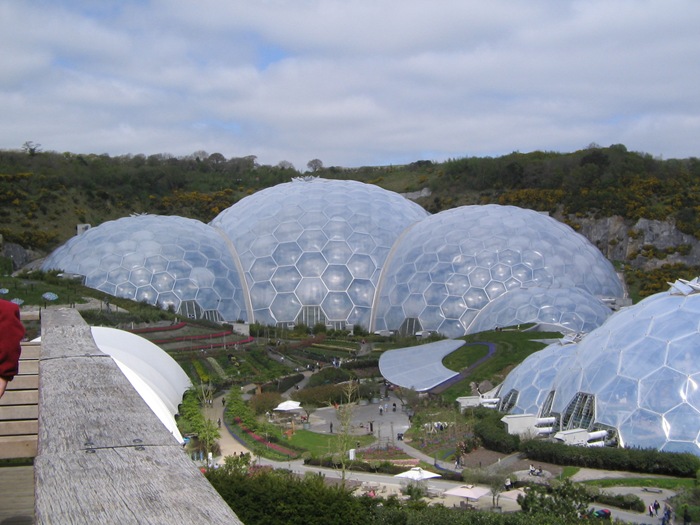World natural geographical beauty

China's rainbow mountains

Imagine
a world where the mountains are striped with candy colours and people
are dwarfed by the landscape's immensity. Such a place exists in
China's
northwestern
Gansu Province, where 24 million years of vibrant stone and mineral
deposits have created rainbow-striped mountains.
The
tinted peaks were fashioned by uplift from the Earth's tectonic plates –
the same ones that formed parts of the Himalayan range – while rain,
wind and erosion shaped them into the jagged world seen today. Located
around the city of Zhangye, the area covers more than 10sqkm and the
vista is most dazzling after a rainfall, when the colours glow even
brighter than usual. (Melinda Chan/Getty)
Oregon's painted hills



With the hipster amenities of Portland to the west and the national wonder of Crater Lake to the south, eastern Oregon's John Day Fossil Beds often
get overlooked. This 14,000 acre national park is a natural museum of
geological eras, though it is the Painted Hills region that offers the
most dramatic view. The spectacular landscape was shaped by numerous
volcanic eruptions and extreme climate change around 35 million years
ago. As time wore on, the lush vegetative climate turned more arid. Ash,
clay, minerals and decaying plant matter all mixed into the soil,
leaving pronounced streaks of gold, black, red – even purple and blue.
The colours change according to the air's moisture level, and are said
to be most vivid come late afternoon. (Purestock/Getty)
Ethiopia's alien crater
In the language of the Afar people, Dallol means disintegrated. So it makes sense that Ethiopia'sDallol Volcano is less a volcano than a sunken crater. Caused by
groundwater
and magma colliding, sulphur, iron oxide, salt and other minerals have
created the vivid greens and neon yellows that form one of the most
remote, untouched and ethereal natural rainbows in the world.
Dallol
lies near the border of Eritrea in an area that was closed to
foreigners until 2001. Even today it is prudent to travel with an armed
guard, as border tensions persist and kidnappings have been known to
happen. Because of this, only a few hundred visitors make it to this
remarkable landscape every year – which is probably for the best
considering the fragility of the landform, the toxic gases and the
temperatures that average above 30C. (Thierry Hennet/Getty)
Wyoming's ultimate spring
Yellowstone's Grand Prismatic,
named for its brilliant colouration, is the largest hot spring in the
US – its 370ft diameter put into perspective by the paved walkway
visible near the photo's top. The colour spectrum that ranges from deep
blue to burnt red is the product of trillions of thermophiles, or
bacterial microorganisms, which flourish in hot waters. Different
temperatures determine the hue, and the centre's blue is the result of
extreme heat that leaves the bacteria sterile. Grand Prismatic is one of
many coloured springs in Yellowstone and draws millions of visitors
every year. (Werner Van Steen/Getty)
Light up the night in Iceland
The
Aurora Borealis appears in a complete spectrum of colours, from light
pinks, reds and greens to the yellows, blues and violets seen here on
Iceland's Reykjanes Peninsula. The beams that dance against the night's
sky are the result of particles colliding, sometimes resulting in
streams, ripples or arcs across the horizon. Despite a host of science
to explain how exactly these lights come to fruition, there is an alien
energy to the glow that makes this a mystery often better left
unexplained. (Arctic-Image)


